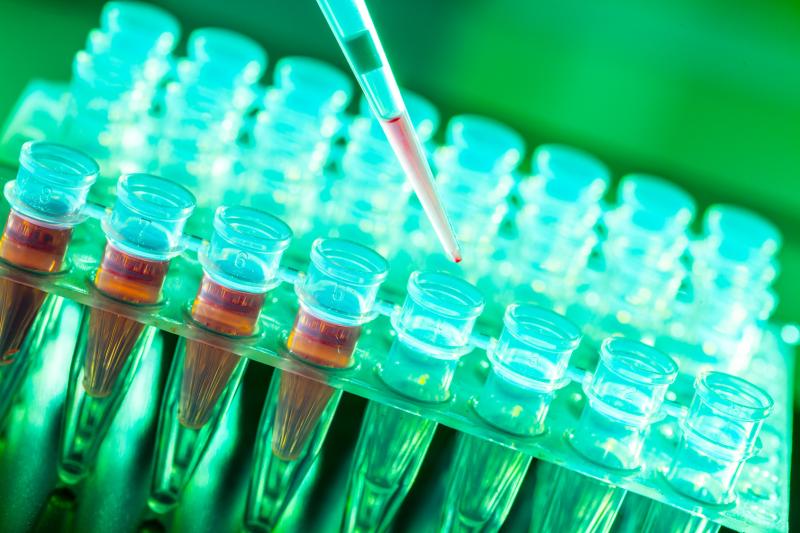
Although real-time quantitative polymerase chain reaction (RT-qPCR) is the gold standard in the diagnosis of SARS-CoV-2 infection, the virus that causes the novel coronavirus disease (COVID-19), it is not exempt from false negatives, reveals a study.
Overall, 110 patients (mean age, 48.2 years; 52 percent women) were included in the analysis. Close to half (42.3 percent) of negative RT-qPCRs were positive in some rapid diagnostic tests (RDTs).
The symptoms that were most associated with SARS-CoV-2 infection were fever >38 °C (present in 35.5 percent of cases) and anosmia (present in 41.8 percent). This association remained statistically significant in patients with negative RT-qPCR (adjusted odds ratio [aOR], 6.64, 95 percent confidence interval [CI], 1.33–33.13) and some positive RDTs (aOR, 19.38, 95 percent CI, 3.69–101.89).
“Our results show that patients who present mild or moderate symptoms with negative RT-qPCR, but with fever and/or anosmia, should be considered as suspicious cases and should be evaluated with other diagnostic methods,” the investigators said.
“Furthermore, it highlights the need to perform a combination of tests, such as the use of RDTs, to ensure the diagnosis of the disease,” they added.
This cross-sectional study used a random sample of nonhospitalized COVID-19 patients from the primary care management division of the Healthcare Area of Leon (58 RT-qPCR–positive cases and 52 RT-qPCR–negative cases).
The investigators then collected information on symptoms and simultaneously tested all patients using two RDTs: combined and differentiated. Nonconditional logistic regression, with estimation of OR, was used to evaluate the relationship between symptoms and SARS-CoV-2 infection.